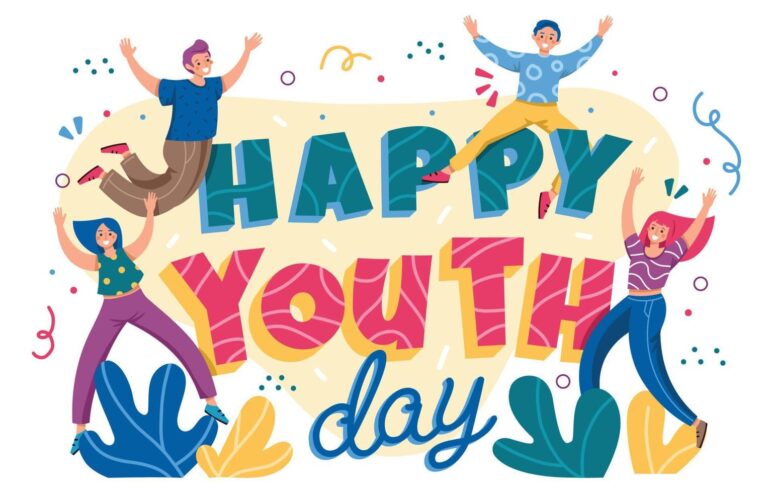The youth have set a positive pace for Kenya’s digital future. As we mark International Youth Day 2025, one thing is clear, Kenya’s young people are no longer just scrolling, liking, and sharing. They are building platforms, challenging harmful narratives, and demanding that their digital rights be respected. From the past few years, their impact has been felt in courtrooms, on timelines, and in policy discussions proving that the next generation is not waiting for change but are coding, campaigning, and creating it.
In 2024 for example, we saw youth-led digital movements grow sharper and more coordinated. On platforms like X, TikTok, and Instagram, young Kenyans rallied to challenge internet shutdown threats, question opaque surveillance programs, and call out misinformation during key political and social moments. They weren’t just raising hashtags they were building fact-checking collectives, hosting Twitter Spaces on digital safety, and mobilizing communities offline to understand their rights.
There’s also a new wave of student-led advocacy emerged, focusing on harmful speech online. Young creators, journalists, and activists began producing explainer videos, memes, and podcasts that unpacked the dangers of hate speech, gendered disinformation, and algorithm-driven polarization. Instead of simply condemning online toxicity, they offered tools from reporting guides to peer-led digital literacy trainings aimed at helping their peers navigate and counter harmful content.
This momentum carried into early 2025, when youth participation in digital rights forums became more deliberate and strategic. They joined stakeholder meetings on data protection enforcement, contributed to AI policy consultations, and took the lead in grassroots digital literacy programs targeting rural youth and first-time internet users. In March, several youth groups collaborated with civil society organizations to document cases of online harassment against women in politics, a move that spurred broader media coverage and parliamentary attention.
Even in moments of crisis such as brief platform disruptions and cyberattack incidents in mid-2025 , youths were among the first to document events, verify information, and alert the public. Their response was fast, informed, and collective, proving that when digital rights are under threat, they can mobilize both online and offline networks to keep the internet open and safe.
Clearly, the Kenyan youth movement in the digital space has matured. They have shifted from awareness to action, from reacting to events to shaping the digital rights agenda. And as the year moves forward, one thing is certain: the fight for an open, inclusive, and safe internet in Kenya will continue to have young people at its frontlines.
